Germs are at the forefront of parents' minds even when a pandemic isn't raging. With COVID-19 circulating, parents are more worried than ever. Luckily, there are proven ways to protect you and your loved ones. We all know that we should wear masks, wash our hands and maintain social distancing. What we may not realize is the importance of sanitizing surfaces that are regularly touched. This is especially true of children's toys.

Make a Cleaning Plan
Children, especially infants, put their hands and toys in their mouths. This is a very normal part of development. Though it should be discouraged as they get older, it is much more important to keep those items clean. Make a plan to clean your newborn toys and books on a regular, but rotating basis. This will help you ensure you are keeping germs at bay while also allowing you to not spend all of your time cleaning.
Any toy that has left the house should immediately go into quarantine upon its return. Children can then play with their "at-home" toys after they wash their hands. The process of sanitizing the toys that are in quarantine can then begin. Once you learn how to sanitize baby toys, it will become a routine part of your day.
Soft Toys For Babies
Good news for those moms needing to learn how to clean baby toys! Most plush toys are machine washable. A stuffed toy generally has a tag that explains the most appropriate method for cleaning. According to Whirlpool, the safest method for washing plush toys is to first place them in a mesh bag or tied pillow case. You can then proceed to wash the toy using your favorite detergent. Clean these plush toys as you would your own face masks. Use hot water, and then air dry.
Fragile Plush Toys
Maybe your child has an antique teddy bear that has seen better days. Perhaps that stuffed toy is battery operated. You don't want to risk throwing teddy into the washing machine. What do you do? The best way to sanitize baby toys that are more fragile than others is to spot clean the toy by hand. Using detergent and hot water, carefully cleanse the stuffed toys' surface while being careful not to fully immerse it in liquid. Allow it to air dry in a place that is out of reach of small hands.
Plastic Toys
Plastic toys should first be cleaned with soap and water. A mild dish soap is generally acceptable for most plastic toys. They can then be disinfected with an EPA-approved disinfectant before they are rinsed again and left to air dry. Do not allow any child to touch or play with the toy until it has been fully rinsed. Many disinfectants can be harmful to skin and dangerous if ingested. Conversely, some plastic toys can be cleaned in the dishwasher. Check with your toy's manufacturer to learn if this is an option.
Electronics
Most popular electronics offer their own advice for proper cleaning. Check with the manufacturer to learn if there are specific guidelines. If these cannot be found, the best way to sanitize electronic toys is to use a alcohol-based wipes or an alcohol-based spray. First, take out any batteries. Next, UT Southwestern Medical Center recommends completely covering the surface with the alcohol wipes while being sure not to let any of the moisture seep into the electronic components. If using an alcohol-based spray, spray it onto a rag first and not directly onto the toy. Rinse the toy completely after cleaning by using a damp, not wet, rug to go over the surface yet again. Let the electronic toy dry naturally before use.
It is not uncommon for a parent to hand over their cell phone to a young child. When you are learning how to clean baby toys, don't forget that non-standard toys need to be sanitized as well. Clean your cell phone just as thoroughly as you would any other electronic your baby touches. The same is true for tablets, keyboards and remote controls.
Wood Toys
Toys made from wood can be cleaned in the same way as plastic toys. The best way to sanitize baby toys made from wood is to scrub them with soap and water before being disinfected. Because wood is porous, it is important to thoroughly and repeatedly rinse if any type of chemical is used. They will also take much longer to air dry. You can help to speed up this process by using a hair dryer set on high heat.
Books and Paper
The act of sanitizing books requires the most care. Paper products obviously cannot be immersed in liquids or cleaned with anything that might damage the fragile pages. The Northeast Document Conservation Center recommends quarantining books rather than cleaning them. Their recommendation is to place any book or paper material in a sealed plastic bag for 48 hours. This should allow any coronavirus germs to die without the need for damaging chemicals or UV rays.
Understanding Chemicals
The EPA has an approved list of disinfectants for COVID-19. This list should be your go-to for using effective chemicals for cleaning purposes. The list explains how and where each chemical should be used. This includes the type of environment, appropriate surfaces and the directions for use.
It is important to note that a chemical is not necessarily safe to use on toys just because it appears on the EPA list. There are many chemicals that are harmful to children even without direct physical contact. Make sure to precisely follow all directions and rinse toys before they are used.
Natural Alternatives
The most natural form of ridding a toy of coronaviruses is to allow them to die on their own. While this may not be practical, it is a chemical-free alternative that may be preferable to some parents. You can do this by placing the toy in an out-of-reach location for a few days.
The coronavirus is primarily transmitted through breathing in respiratory droplets. However, it can be transmitted when those droplets land on a surface, and then that surface is touched. According to the Cleveland Clinic, coronavirus germs can remain active on plastic toys for up to three days. Wood toys may hold the virus for up to four days. If you choose not to directly disinfect but instead allow these items to air out, make sure you keep careful track of the dates.
Ideally, you could follow a combination of time and sanitizing. For the utmost caution, clean toys thoroughly before giving them three or four days to rest. Rotating toys isn't just the safest route. It also makes each toy seem fresh and new for your youngest children.
Other Considerations
Take tips from the CDC guidelines for schools and childcare. Follow some of their rigid guidelines in your own home for the cleanest, safest and most germ-free atmosphere. Along with regular cleaning and disinfecting, the CDC recommends that children avoid sharing items as much as possible. You can prevent the need to disinfect some items by not allowing them in public spaces. Make sure that children's hands are cleaned as soon as they enter the home and before they touch anything. You can even have separate toys for school or daycare, car rides and the home.
Don't forget about timing. The CDC suggests specific timelines for cleaning toys in daycares. These guidelines can easily be followed in homes. Clean toys after they have been shared, if they have been coughed or sneezed on or if a child has placed the toy in their mouth.
What Not to Do
The CDC recommends against using hand sanitizers in place of cleaning supplies. Hand sanitizers are meant for skin, not for surfaces. Likewise, the CDC recommends against making your own cleaning supplies unless absolutely necessary. You may feel better about mixing your own chemicals, but without proper testing you have no way of knowing if you are making a concoction that is both safe and effective.
Learning how to sanitize baby toys so that they will be free from the coronavirus germ is a valid concern. However, if you have an appropriate plan in place, cleaning these toys does not have to take up all of your free time. You can circulate, quarantine and cleanse toys as you see fit to ensure your kids stay as safe as possible. In the meantime, don't forget to teach them how to properly wash their hands, wear masks (if they fall within WHO guidelines for mask wearing) and maintain physical distance from people outside of their homes. Following these rules are paramount to avoiding the coronavirus and other germs that wreak havoc on a young one's immune system.
Children, especially infants, put their hands and toys in their mouths. This is a very normal part of development. Though it should be discouraged as they get older, it is much more important to keep those items clean. Make a plan to clean your newborn toys and books on a regular, but rotating basis. This will help you ensure you are keeping germs at bay while also allowing you to not spend all of your time cleaning.
Any toy that has left the house should immediately go into quarantine upon its return. Children can then play with their "at-home" toys after they wash their hands. The process of sanitizing the toys that are in quarantine can then begin. Once you learn how to sanitize baby toys, it will become a routine part of your day.
Soft Toys For Babies
Good news for those moms needing to learn how to clean baby toys! Most plush toys are machine washable. A stuffed toy generally has a tag that explains the most appropriate method for cleaning. According to Whirlpool, the safest method for washing plush toys is to first place them in a mesh bag or tied pillow case. You can then proceed to wash the toy using your favorite detergent. Clean these plush toys as you would your own face masks. Use hot water, and then air dry.
Fragile Plush Toys
Maybe your child has an antique teddy bear that has seen better days. Perhaps that stuffed toy is battery operated. You don't want to risk throwing teddy into the washing machine. What do you do? The best way to sanitize baby toys that are more fragile than others is to spot clean the toy by hand. Using detergent and hot water, carefully cleanse the stuffed toys' surface while being careful not to fully immerse it in liquid. Allow it to air dry in a place that is out of reach of small hands.
Plastic Toys
Plastic toys should first be cleaned with soap and water. A mild dish soap is generally acceptable for most plastic toys. They can then be disinfected with an EPA-approved disinfectant before they are rinsed again and left to air dry. Do not allow any child to touch or play with the toy until it has been fully rinsed. Many disinfectants can be harmful to skin and dangerous if ingested. Conversely, some plastic toys can be cleaned in the dishwasher. Check with your toy's manufacturer to learn if this is an option.
Electronics
Most popular electronics offer their own advice for proper cleaning. Check with the manufacturer to learn if there are specific guidelines. If these cannot be found, the best way to sanitize electronic toys is to use a alcohol-based wipes or an alcohol-based spray. First, take out any batteries. Next, UT Southwestern Medical Center recommends completely covering the surface with the alcohol wipes while being sure not to let any of the moisture seep into the electronic components. If using an alcohol-based spray, spray it onto a rag first and not directly onto the toy. Rinse the toy completely after cleaning by using a damp, not wet, rug to go over the surface yet again. Let the electronic toy dry naturally before use.
It is not uncommon for a parent to hand over their cell phone to a young child. When you are learning how to clean baby toys, don't forget that non-standard toys need to be sanitized as well. Clean your cell phone just as thoroughly as you would any other electronic your baby touches. The same is true for tablets, keyboards and remote controls.
Wood Toys
Toys made from wood can be cleaned in the same way as plastic toys. The best way to sanitize baby toys made from wood is to scrub them with soap and water before being disinfected. Because wood is porous, it is important to thoroughly and repeatedly rinse if any type of chemical is used. They will also take much longer to air dry. You can help to speed up this process by using a hair dryer set on high heat.
Books and Paper
The act of sanitizing books requires the most care. Paper products obviously cannot be immersed in liquids or cleaned with anything that might damage the fragile pages. The Northeast Document Conservation Center recommends quarantining books rather than cleaning them. Their recommendation is to place any book or paper material in a sealed plastic bag for 48 hours. This should allow any coronavirus germs to die without the need for damaging chemicals or UV rays.
Understanding Chemicals
The EPA has an approved list of disinfectants for COVID-19. This list should be your go-to for using effective chemicals for cleaning purposes. The list explains how and where each chemical should be used. This includes the type of environment, appropriate surfaces and the directions for use.
It is important to note that a chemical is not necessarily safe to use on toys just because it appears on the EPA list. There are many chemicals that are harmful to children even without direct physical contact. Make sure to precisely follow all directions and rinse toys before they are used.
Natural Alternatives
The most natural form of ridding a toy of coronaviruses is to allow them to die on their own. While this may not be practical, it is a chemical-free alternative that may be preferable to some parents. You can do this by placing the toy in an out-of-reach location for a few days.
The coronavirus is primarily transmitted through breathing in respiratory droplets. However, it can be transmitted when those droplets land on a surface, and then that surface is touched. According to the Cleveland Clinic, coronavirus germs can remain active on plastic toys for up to three days. Wood toys may hold the virus for up to four days. If you choose not to directly disinfect but instead allow these items to air out, make sure you keep careful track of the dates.
Ideally, you could follow a combination of time and sanitizing. For the utmost caution, clean toys thoroughly before giving them three or four days to rest. Rotating toys isn't just the safest route. It also makes each toy seem fresh and new for your youngest children.
Other Considerations
Take tips from the CDC guidelines for schools and childcare. Follow some of their rigid guidelines in your own home for the cleanest, safest and most germ-free atmosphere. Along with regular cleaning and disinfecting, the CDC recommends that children avoid sharing items as much as possible. You can prevent the need to disinfect some items by not allowing them in public spaces. Make sure that children's hands are cleaned as soon as they enter the home and before they touch anything. You can even have separate toys for school or daycare, car rides and the home.
Don't forget about timing. The CDC suggests specific timelines for cleaning toys in daycares. These guidelines can easily be followed in homes. Clean toys after they have been shared, if they have been coughed or sneezed on or if a child has placed the toy in their mouth.
What Not to Do
The CDC recommends against using hand sanitizers in place of cleaning supplies. Hand sanitizers are meant for skin, not for surfaces. Likewise, the CDC recommends against making your own cleaning supplies unless absolutely necessary. You may feel better about mixing your own chemicals, but without proper testing you have no way of knowing if you are making a concoction that is both safe and effective.
Learning how to sanitize baby toys so that they will be free from the coronavirus germ is a valid concern. However, if you have an appropriate plan in place, cleaning these toys does not have to take up all of your free time. You can circulate, quarantine and cleanse toys as you see fit to ensure your kids stay as safe as possible. In the meantime, don't forget to teach them how to properly wash their hands, wear masks (if they fall within WHO guidelines for mask wearing) and maintain physical distance from people outside of their homes. Following these rules are paramount to avoiding the coronavirus and other germs that wreak havoc on a young one's immune system.


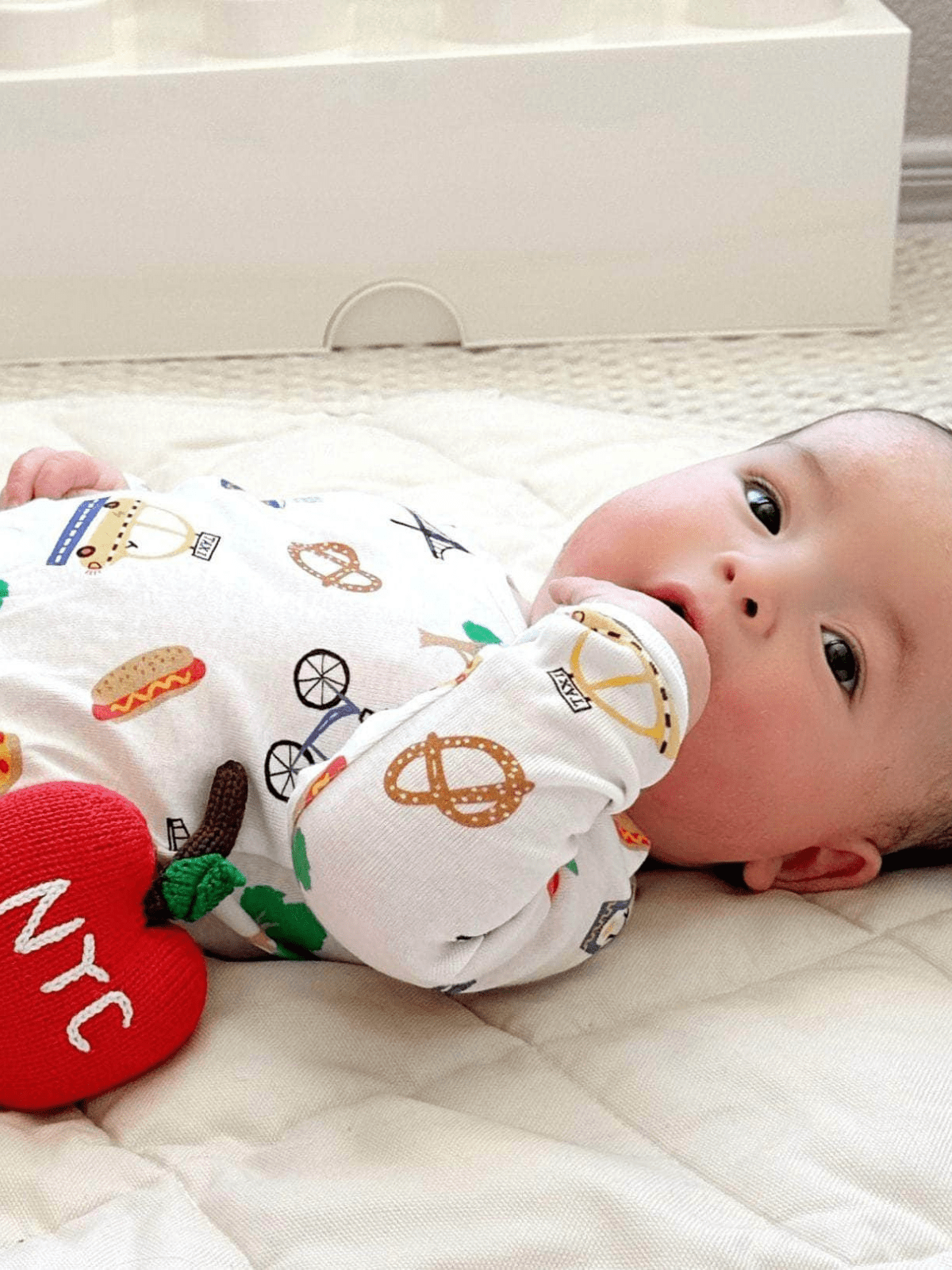
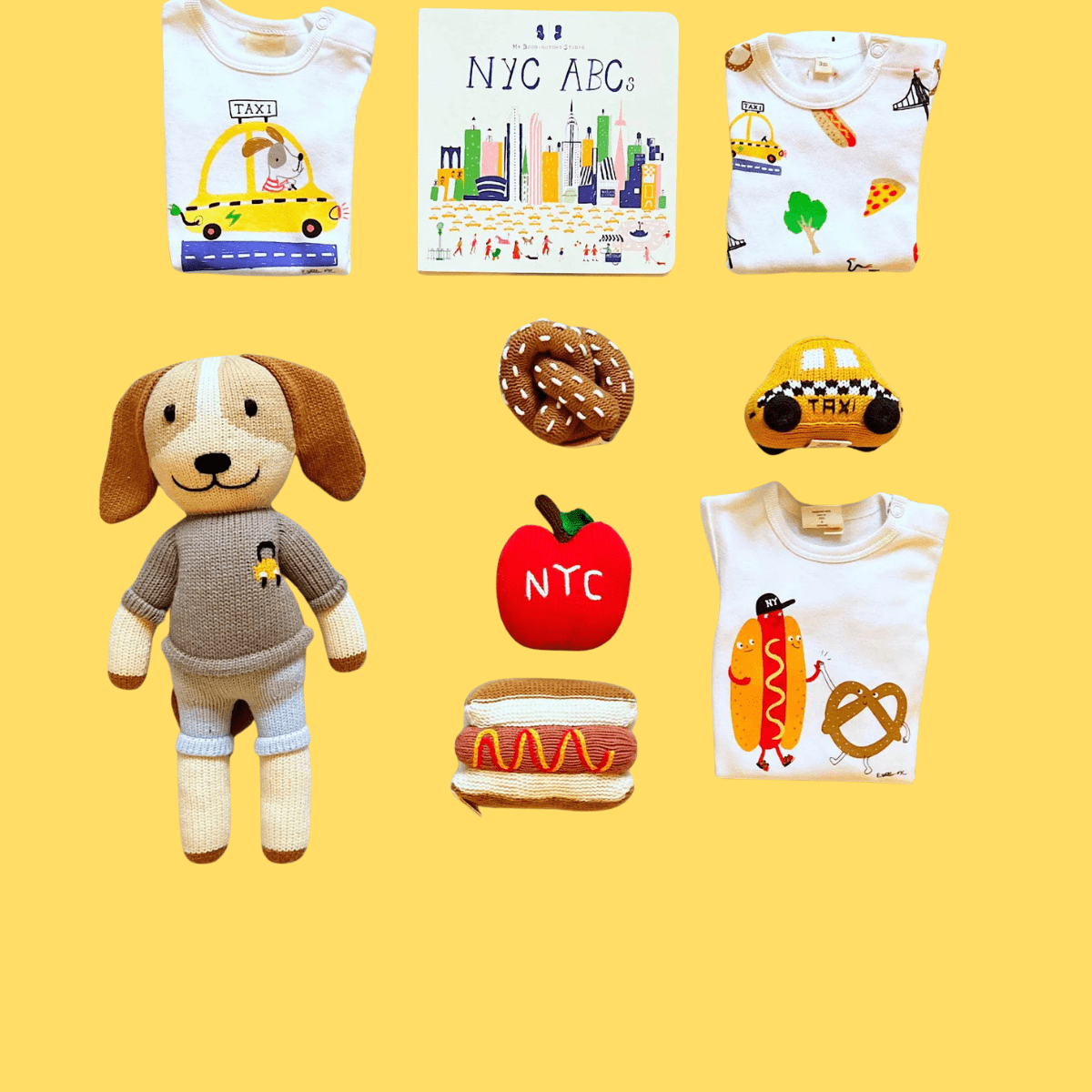
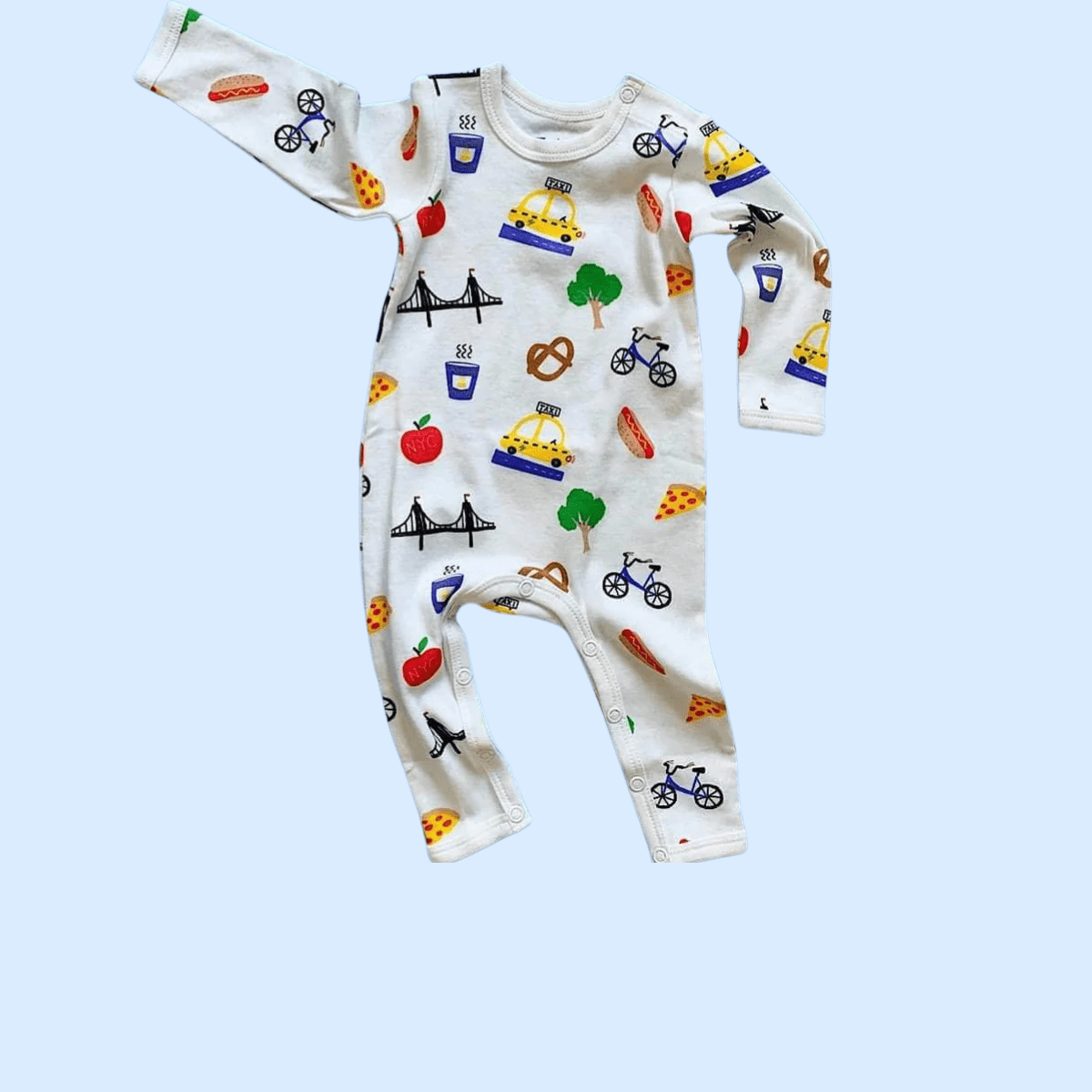
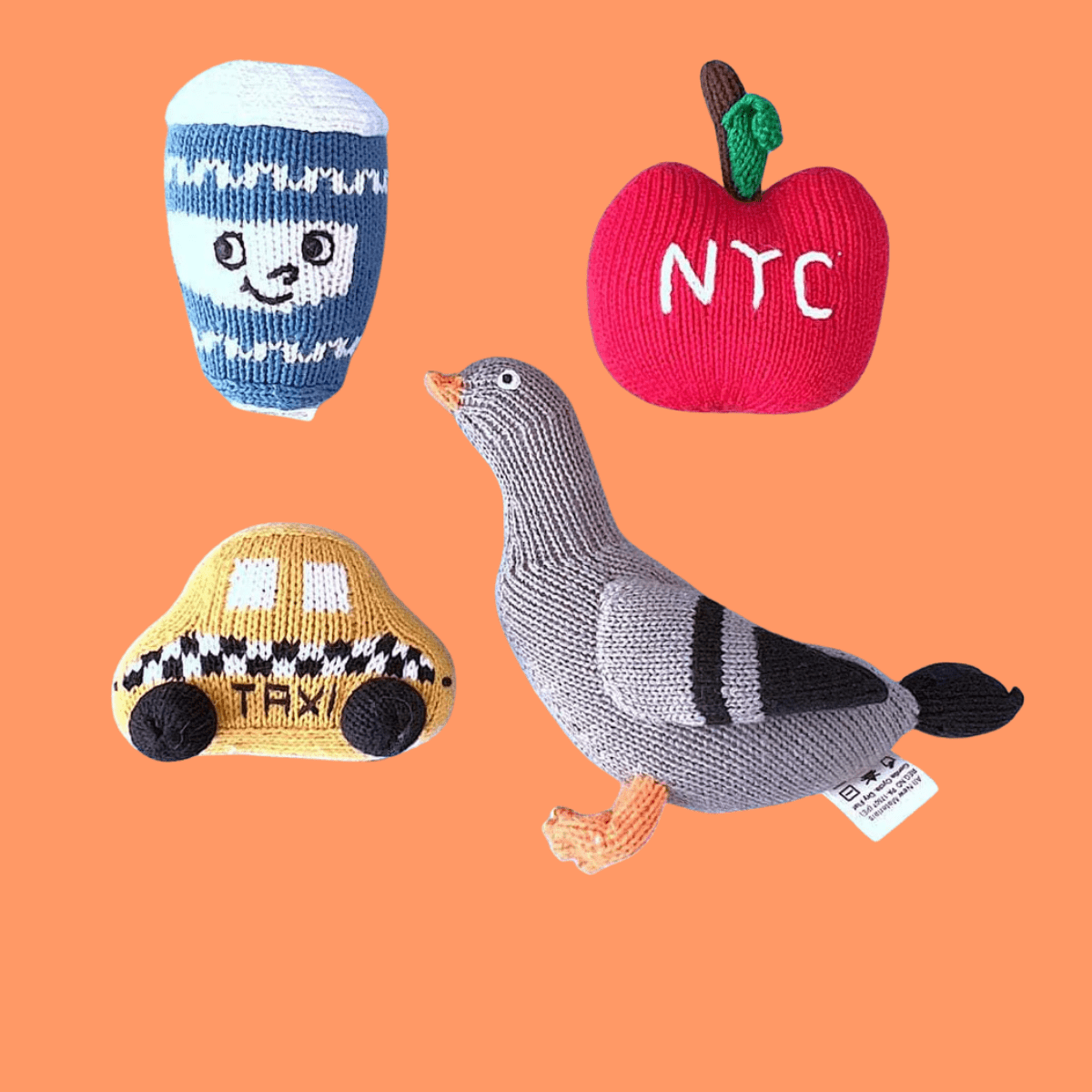
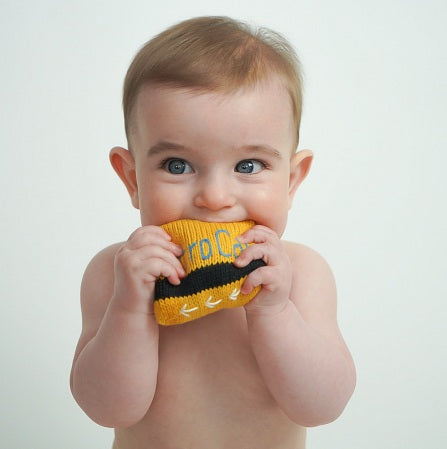
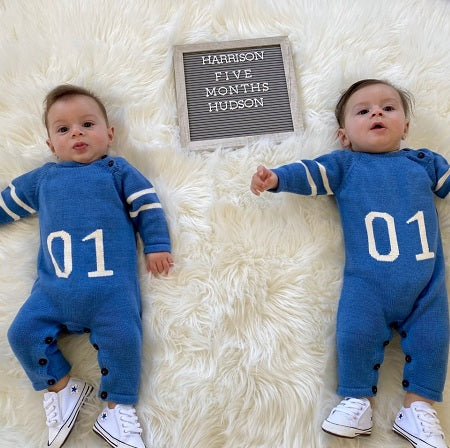
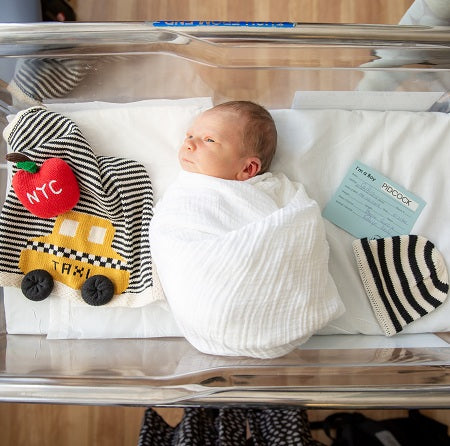
Leave a comment
This site is protected by hCaptcha and the hCaptcha Privacy Policy and Terms of Service apply.